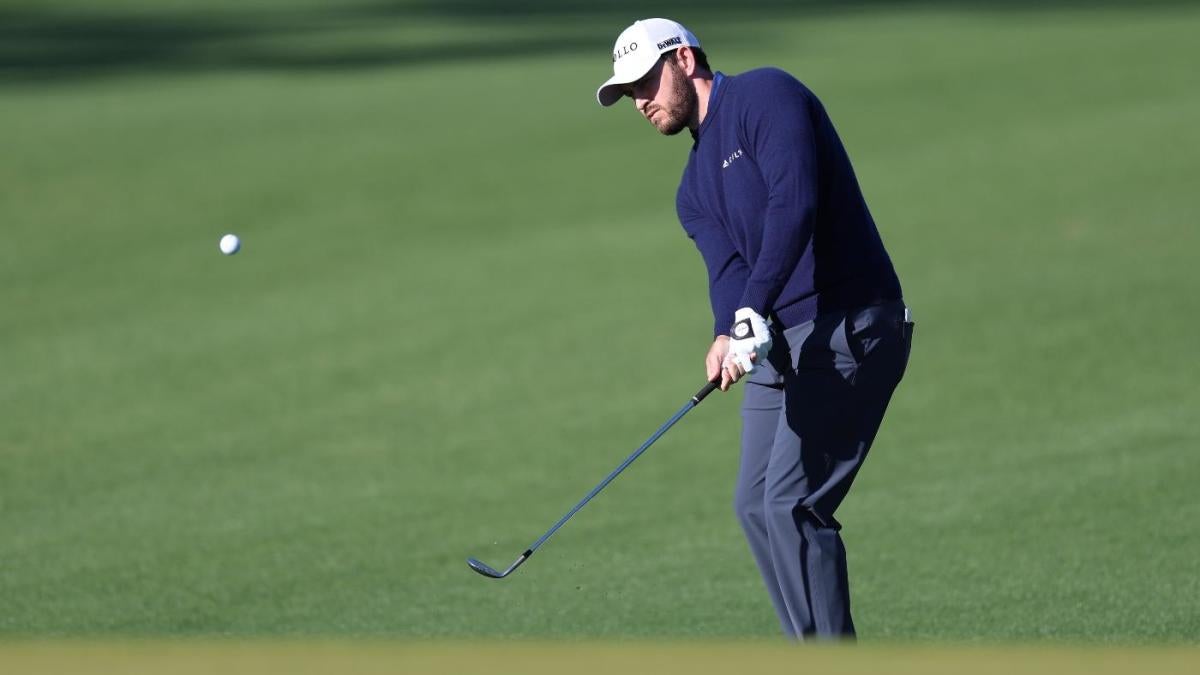Unveiling the 2025 U.S. Open: Data, Odds, and the Art of Prediction
The stage is set for one of golf’s most anticipated events—the 2025 U.S. Open at Oakmont Country Club. This tournament promises to challenge the very best, with a mix of seasoned champions and dark horse contenders ready to test their mettle. Behind the scenes, an advanced predictive model sharpens the focus on who might emerge victorious, blending data science with the art of sports forecasting to deliver insights that resonate for bettors and fans alike.
The Crystal Ball of Golf: How the Predictive Model Works
What sets this model apart is its use of extensive simulations—running up to 10,000 possible outcomes for the tournament—which produces a probabilistic map of the competition. By synthesizing player form, historical course data, and nuanced conditions, it doesn’t just spotlight obvious favorites but also teases out surprising contenders that could flourish under pressure.
Its proven track record speaks volumes, having correctly forecasted the outcomes of 15 major tournaments, including the recent Masters and PGA Championships. This consistency adds credibility, transforming predictions from mere guesses to data-driven forecasts.
Spotlight on Favorites: Scheffler and McIlroy in Focus
Scottie Scheffler stands out as the frontrunner in the model’s analysis, sporting odds in the +320 to +400 range. His three major wins offer a foundation of confidence as he approaches Oakmont’s notoriously tough course with steadiness and skill. The model projects him as the player most likely to lift the trophy.
Close behind is Rory McIlroy, a perennial force on the PGA Tour, who the simulations highlight as a genuine challenger. His combination of experience and explosiveness keeps the leaderboard competitive, making a Scheffler-McIlroy showdown a compelling storyline.
The Contenders’ Circle: Beyond the Usual Suspects
Watching the defending champion, Bryson DeChambeau, attempt to repeat his U.S. Open glory adds historical intrigue. Since Brooks Koepka’s back-to-back wins in 2017 and 2018, no one has managed to defend the title successfully, making DeChambeau’s mission particularly formidable.
Meanwhile, Jon Rahm, despite being a two-time major winner, finds a surprising assessment from the model pointing towards possible struggles, including a finish outside the top 10. This suggests that even decorated players face challenges unique to Oakmont’s rigors.
Adding further depth, dark horses like Xander Schauffele (+1700 odds) and Ludvig Aberg receive bullish nods for their upside potential. Their presence underscores the tournament’s unpredictability and the model’s ability to identify hidden strengths.
Strategic Shades: Betting Beyond the Favorites
The model’s nuanced outlook doesn’t stop at the front-runners. It places calculated emphasis on longer odds that might yield lucrative returns. For example, Justin Thomas’s 22-1 position in the Masters betting contrasts with the model’s optimistic rating, hinting at value for those willing to look beyond conventional wisdom.
This approach encourages a balanced betting strategy—hedging between favorites with solid odds and savvy picks among underdogs who could thrive on Oakmont’s exacting conditions.
Oakmont: The Silent Arbiter
Oakmont Country Club is more than just a picturesque venue; it’s a crucible that tests precision, mental endurance, and adaptability. The model’s simulations incorporate players’ past Oakmont performances and comparable course experiences, such as DeChambeau’s tied-15th finish there in 2016, to better gauge who might withstand the course’s brutal challenges.
In this context, experience and grit at Oakmont or similarly demanding setups carry considerable weight, informing predictions beyond raw talent.
Insights Across the PGA Tour: A Wider Lens
Beyond the U.S. Open, the model also provides forecasts for other 2025 PGA Tour staples like the PGA Championship, Houston Open, and Toyota Texas Open. This comprehensive analysis reveals shifting patterns in player form and competitive conditions, enriching the context for the U.S. Open predictions.
Cross-event performance trends support a holistic understanding, offering bettors a panoramic view of momentum and consistency that can influence betting decisions at Oakmont.
Closing Thoughts: A Data-Driven Journey to the Green
The 2025 U.S. Open promises a rich blend of tradition, athletic excellence, and suspense. Scottie Scheffler’s favored status and Rory McIlroy’s relentless pursuit frame the narrative, while contenders like DeChambeau and Schauffele provide compelling subplots.
The power of the predictive model lies in transforming chaos into clarity—turning a complex field and an intimidating course into quantifiable probabilities and tactical insights. For enthusiasts poised to engage deeply, embracing data alongside passion turns speculation into informed anticipation.
In the end, the U.S. Open at Oakmont beckons as a battleground where skill meets strategy, and predictions meet reality—ensuring unforgettable moments shaped by both player prowess and statistical foresight.











